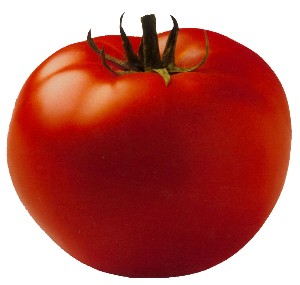Fact No. 1: Americans have better survival rates than Europeans for common cancers.
Breast cancer mortality is 52 percent higher in Germany than in the United States, and 88 percent higher in the United Kingdom. Prostate cancer mortality is 604 percent higher in the U.K. and 457 percent higher in Norway. The mortality rate for colorectal cancer among British men and women is about 40 percent higher.
Fact No. 2: Americans have lower cancer mortality rates than Canadians.
Breast cancer mortality is 9 percent higher, prostate cancer is 184 percent higher and colon cancer mortality among men is about 10 percent higher than in the United States.
Fact No. 3: Americans have better access to treatment for chronic diseases than patients in other developed countries.
Some 56 percent of Americans who could benefit are taking statins, which reduce cholesterol and protect against heart disease. By comparison, of those patients who could benefit from these drugs, only 36 percent of the Dutch, 29 percent of the Swiss, 26 percent of Germans, 23 percent of Britons and 17 percent of Italians receive them.
Fact No. 4: Americans have better access to preventive cancer screening than Canadians.
Take the proportion of the appropriate-age population groups who have received recommended tests for breast, cervical, prostate and colon cancer:
- Nine of 10 middle-aged American women (89 percent) have had a mammogram, compared to less than three-fourths of Canadians (72 percent).
- Nearly all American women (96 percent) have had a pap smear, compared to less than 90 percent of Canadians.
- More than half of American men (54 percent) have had a PSA test, compared to less than 1 in 6 Canadians (16 percent).
- Nearly one-third of Americans (30 percent) have had a colonoscopy, compared with less than 1 in 20 Canadians (5 percent).

Fact No. 6: Americans spend less time waiting for care than patients in Canada and the U.K.
Canadian and British patients wait about twice as long - sometimes more than a year - to see a specialist, to have elective surgery like hip replacements or to get radiation treatment for cancer.All told, 827,429 people are waiting for some type of procedure in Canada.In England, nearly 1.8 million people are waiting for a hospital admission or outpatient treatment.
Fact No. 7: People in countries with more government control of health care are highly dissatisfied and believe reform is needed.
More than 70 percent of German, Canadian, Australian, New Zealand and British adults say their health system needs either "fundamental change" or "complete rebuilding."
Fact No. 8: Americans are more satisfied with the care they receive than Canadians. When asked about their own health care instead of the "health care system," more than half of Americans (51.3 percent) are very satisfied with their health care services, compared to only 41.5 percent of Canadians; a lower proportion of Americans are dissatisfied (6.8 percent) than Canadians (8.5 percent).
Fact No. 9: Americans have much better access to important new technologies like medical imaging than patients in Canada or the U.K.
Maligned as a waste by economists and policymakers naïve to actual medical practice, an overwhelming majority of leading American physicians identified computerized tomography (CT) and magnetic resonance imaging (MRI) as the most important medical innovations for improving patient care during the previous decade.[See the table.] The United States has 34 CT scanners per million Americans, compared to 12 in Canada and eight in Britain. The United States has nearly 27 MRI machines per million compared to about 6 per million in Canada and Britain.
Fact No. 10: Americans are responsible for the vast majority of all health care innovations.
The top five U.S. hospitals conduct more clinical trials than all the hospitals in any other single developed country.Since the mid-1970s, the Nobel Prize in medicine or physiology has gone to American residents more often than recipients from all other countries combined.In only five of the past 34 years did a scientist living in America not win or share in the prize. Most important recent medical innovations were developed in the United States.
Conclusion. Despite serious challenges, such as escalating costs and the uninsured, the U.S. health care system compares favorably to those in other developed countries.
Scott W. Atlas, M.D., is a senior fellow at the Hoover Institution and a professor at the Stanford University Medical Center. A version of this article appeared previously in the February 18, 2009, Washington Times

